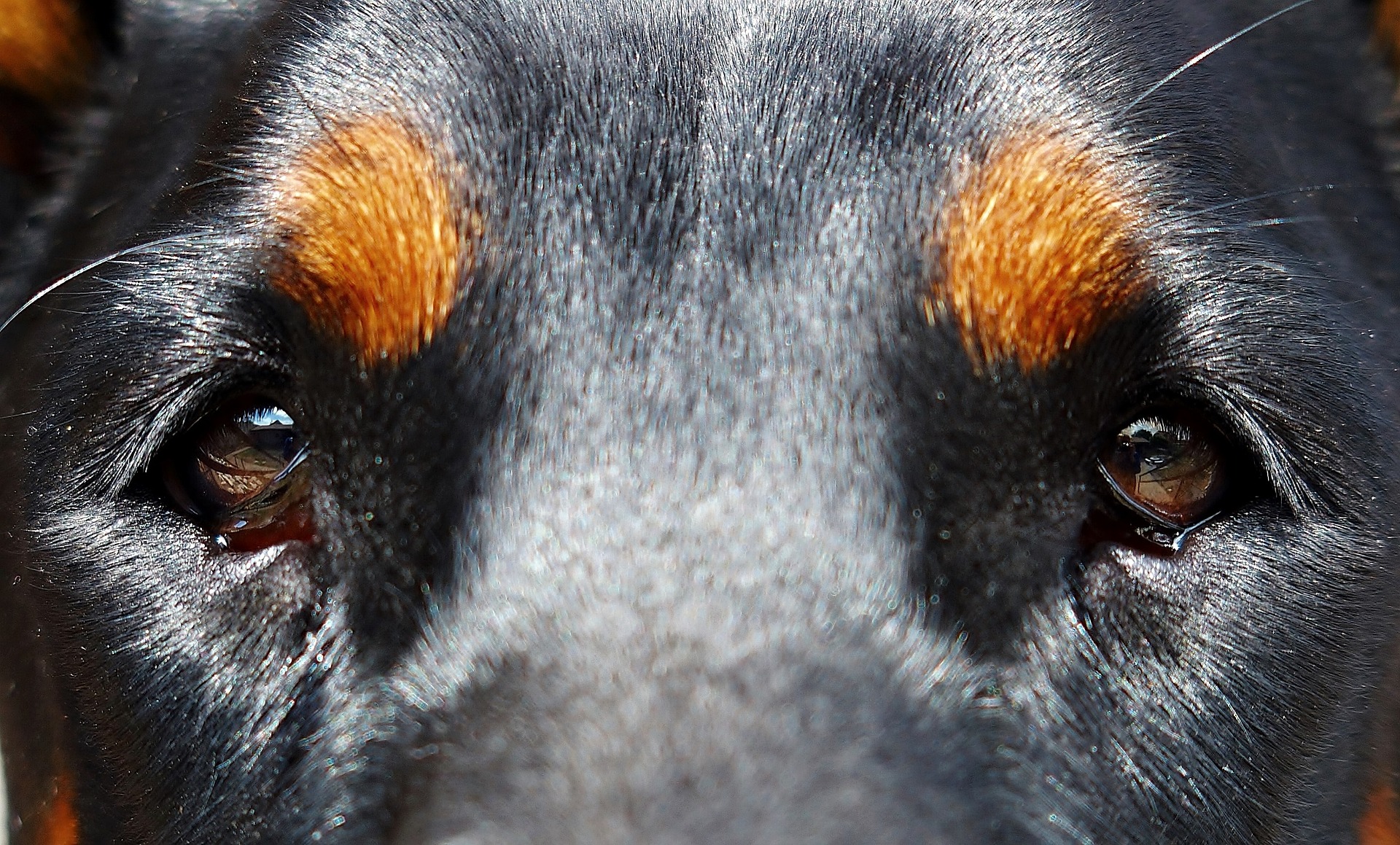Dogs Developed “Sad Puppy Eyes” To Appeal To Humans
Tags: opinion

While we’ve succeeded in domesticating different kinds of animals over the centuries, mankind’s greatest achievement is none other than the bond we’ve built with dogs. Unlike other animals, dogs crave the love and affection of humans and pups start vying for attention even before they are a month old. And they’ve evolved in such a way that they’re sure to get it. Recent research has shown that the term ‘puppy dog eyes’ is justified because dogs have mastered that expression just so that we’ll pay attention to them.
This study has discovered that unlike wolves, dogs have the ability to express complicated emotions due to their facial structure. They have a pair of muscles around their eyes which are wholly unique to them. Dogs create that heart melting expression we’re all familiar with by lifting up their inner eyebrows. This is proof that evolution has ensured that domestic canines can express themselves to humans more clearly.
Called the retractor anguli oculi lateralis (RAOL) muscle and the levator anguli oculi medialis muscle (LAOM) and located just around a dog’s eyes, they work to make a dog’s eyes look wider and more open while also making them droop in a very cute way. A group of researchers from the Dog Cognition Centre at Portsmouth University examined the working of these muscles. The head researcher, Juliane Kaminski discovered over a year ago that a dog moves its eyebrows a lot when people are around. This indicates that they intentionally move them. Science has also proved that humans are quicker and more positive in their response when dogs use their RAOL and LAOM muscles.
However, this doesn’t mean that man and dog were made for each other. What we’re looking at is the product of centuries of evolutionary power. Dogs diverged from wolves more than thirty thousand years ago and the differences that have evolved between the two are truly remarkable and even more interesting because there is a direct connection to the influence of humans.
For the study, the group looked at four grey wolves but they only had fibres around which looked like they had the potential to grow into LAOM and RAOL. When six breeds of dogs were studied, all expect the Siberian Husky had both. Huskies only had an LAOM and this is not surprising because they are a much older breed than the others.
Great reporting in @TheAtlantic: Dogs’ Eyes Have Changed Since Humans Befriended Them @PNASNews https://t.co/CdLuhar2bw @Woofwade pic.twitter.com/BiM2eNHwTH
— Christos Ioannou (@C_C_Ioannou) June 17, 2019
Some other characteristics like the ears and snouts of dogs evolved over time due to the developmental cells that respond to being tamed. This new study is important because it establishes a direct link between a physical characteristic and a kind of behaviour. It’s nothing short of remarkable the speed with which the RAOL and LAOM muscles evolved after dogs diverged from their wolfish family tree. The external influences causing this change must have a good deal of power and it cannot be said that humans are lacking in that.
Over 5000 people have downloaded our free ebook “Growth Hacking Tips And Rituals For Optimal Living” CLICK HERE to get your free copy now
We’ve also discovered that we find it easier to bond with animals that can make their eyes look bigger and wider because this reminds us of our own infants, making us automatically wish to nurture them. Science has also shown that we like to own pets which look like the babies of their kind. The same group conducting this study on RAOL and LAOM also discovered that dogs using this expression improved their chances of getting adopted.
It also helps that human beings are so driven by their desire to communicate with their dogs that we ourselves start looking for recognizable human emotions in their facial expressions. This recent study only goes to show that dogs have understood this as well. Human beings like expression so they know that showing it is likely to give them the attention they need.
Research is also being conducted on dingoes and on Siberian foxes to help us better understand the evolution and purpose of these physical characteristics. It is interesting to note that both these animals have also been living close to humans for centuries but they refused to be domesticated. The more we discover about the species we share this planet with, the closer we get to understand our own nature better.
Maybe within their varied expressions lies a part of the hidden history of all our lives.
IMAGE CREDIT: Pixabay
Leave Comment: